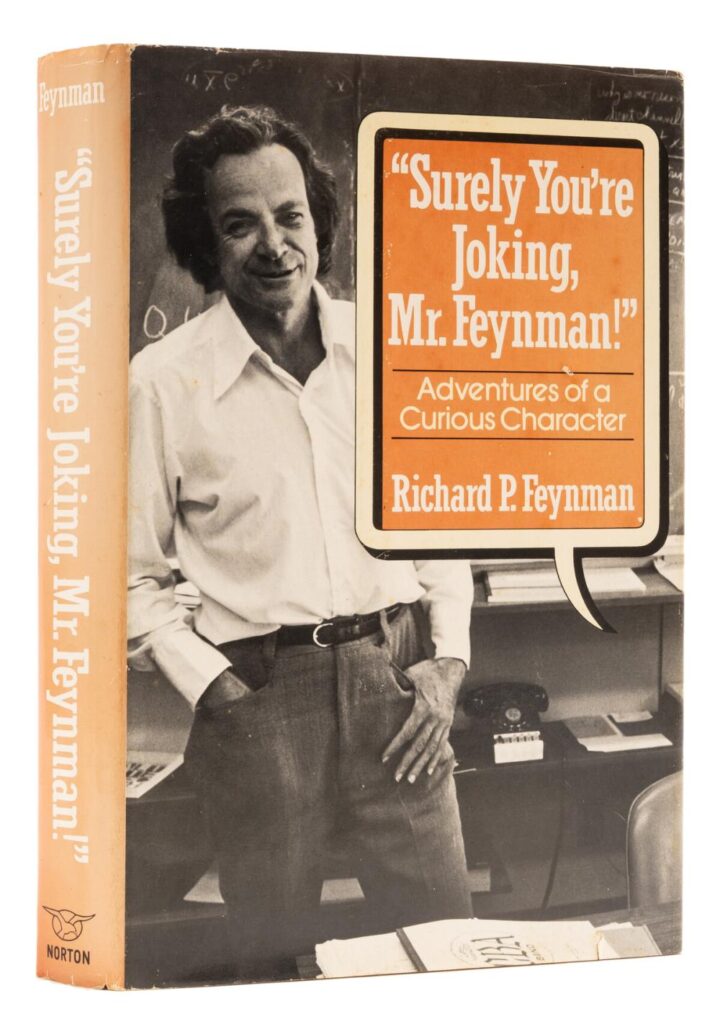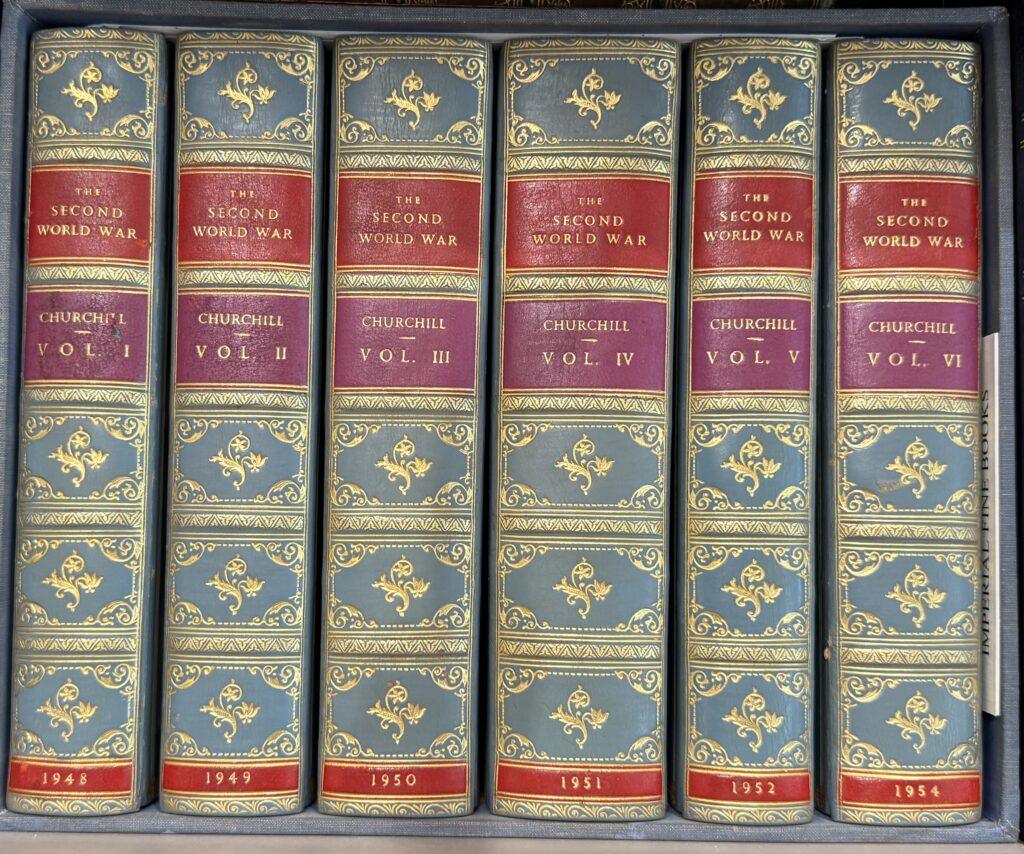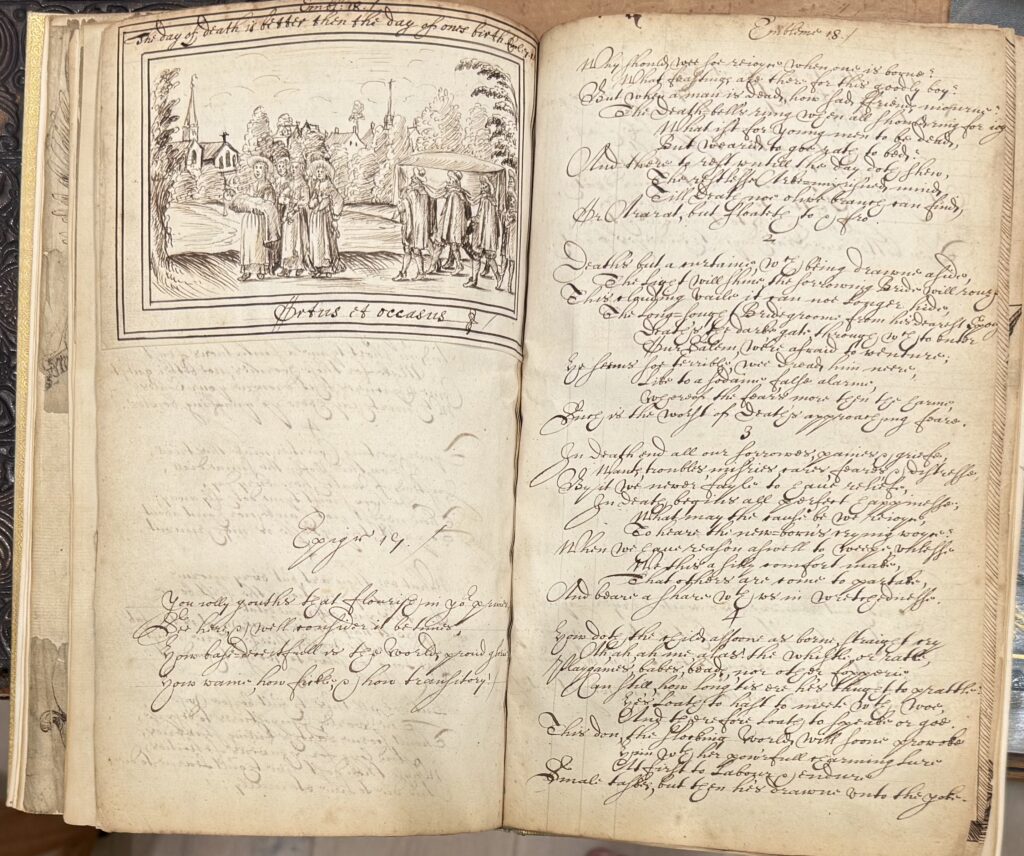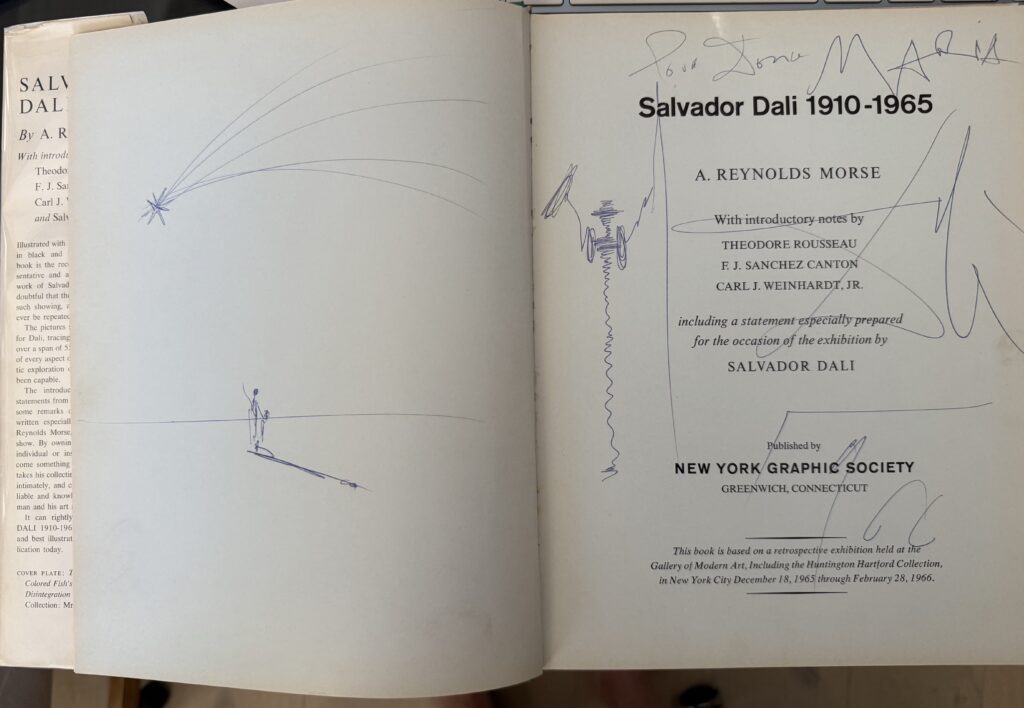FIRST EDITION OF THE GREATEST ENGLISH DICTIONARY EVER PUBLISHED
Samuel Johnson. A Dictionary of the English language: In Which the Woords are deduced from their Originals, and Illustrated in their Different Significations by Examples from the best Writers. To which are prefixed a History of the Language, and an English Grammar.London: Printed by W. Straha, For J. and P. Knapton et. al. Folio
First Edition, First Printing Published on 15 April, 1755, in an edition of 2000 copies. A magnificent copy elegantly bound in leather. This two volume set is complete with NO missing pages. The bindings are tight for both books with NO cocking or leaning. The boards are crisp with minor wear to the spine and edges. The title page in each book is present and is printed in black and red. The pages are clean with NO writing, marks or bookplates in the book with minor wear. Overall, a spectacular matching 2 volume set of this TRUE FIRST EDITION in collector’s condition.
This work has at various times been called “the most important British cultural monument of the eighteenth century” (Hitchings); “the only dictionary [of the English language] compiled by a writer of the first rank ” (Robert Burchfield); “the most amazing, enduring and endearing one-man feat in the field of lexicography” (PMM); and the first genuinely descriptive dictionary in any language. “Johnson’s writings had, in philology, the effect which Newton’s discoveries had in mathematics” (Webster). Courtney & Smith p. 54; Chapman & Hazen p. 137; Fleeman I, p. 410; PMM 201; Rothschild 1237; Slade & Kolb Johnson’s Dictionary, pp. 105-113.
First edition of this most famous of English dictionaries. “The Dictionary left an immense mark on its age. It soon became recognized as a work of classical standing, and it has never lost its historical importance as the first great endeavour of its kind” (ODNB). Begun in 1746, the Dictionary was Johnson’s greatest literary labour, including over 2,300 pages, 40,000 defined words, and 114,000 illustrative quotations. The result demonstrated “the fecundity of the language more comprehensively than any of its predecessors. Conscious that his primary role was to record the state of English vocabulary, rather than to legislate for its usage, Johnson registered the entire sweep of words from the crude and demotic to the most rarefied scientific terms and to recent fanciful forms imported from other languages” (ibid.). Johnson’s innovations included “grounding his wordlist in the works of English authors, discerning subtle shades of meaning in numbered senses, and providing extensive quotations showing the words in context. Together, these qualities made Johnson’s Dictionary, though not a chronological ‘first’, still the first English dictionary to be widely regarded as the standard of the English language” (Lynch, abstract). Chapman & Hazen, p. 137; Courtney & Smith, p. 54; Fleeman 55.4D/1a; Printing and the Mind of Man 201; Rothschild 1237. Jack Lynch, “Samuel Johnson and the ‘First English Dictionary'”, Eighteenth-Century English Dictionaries: Prescriptivism and Completeness, 2020. Two vols, folio (410 x 260 mm).




